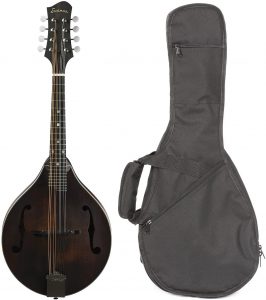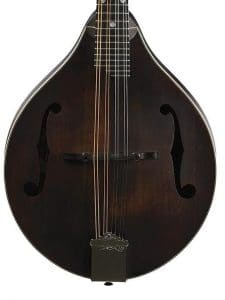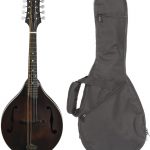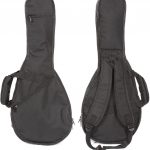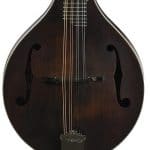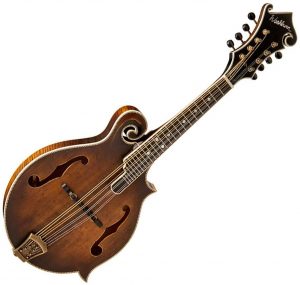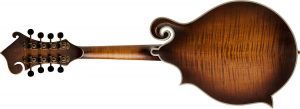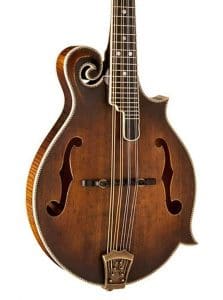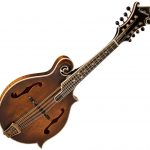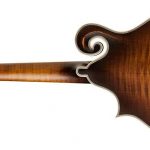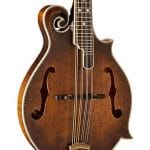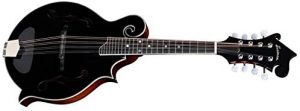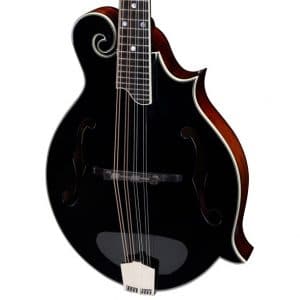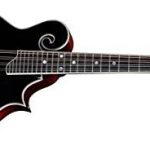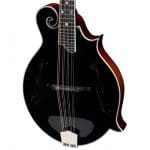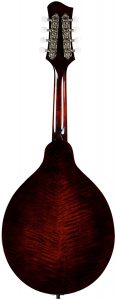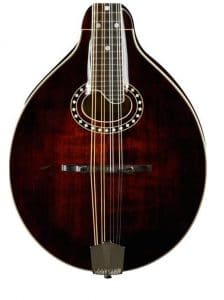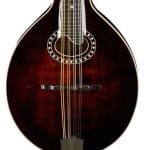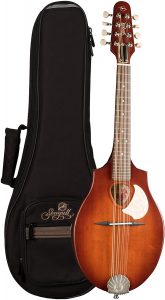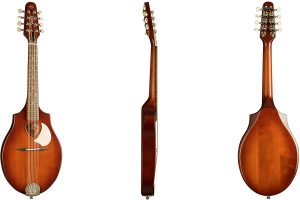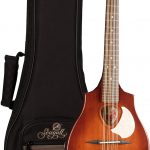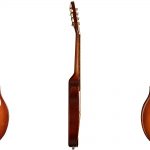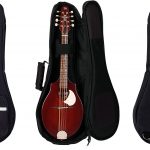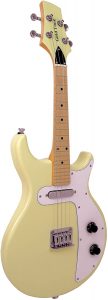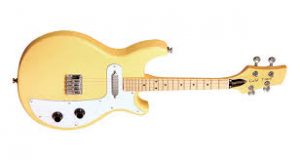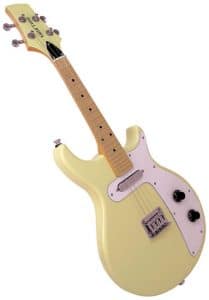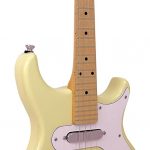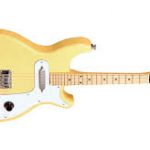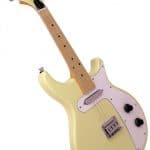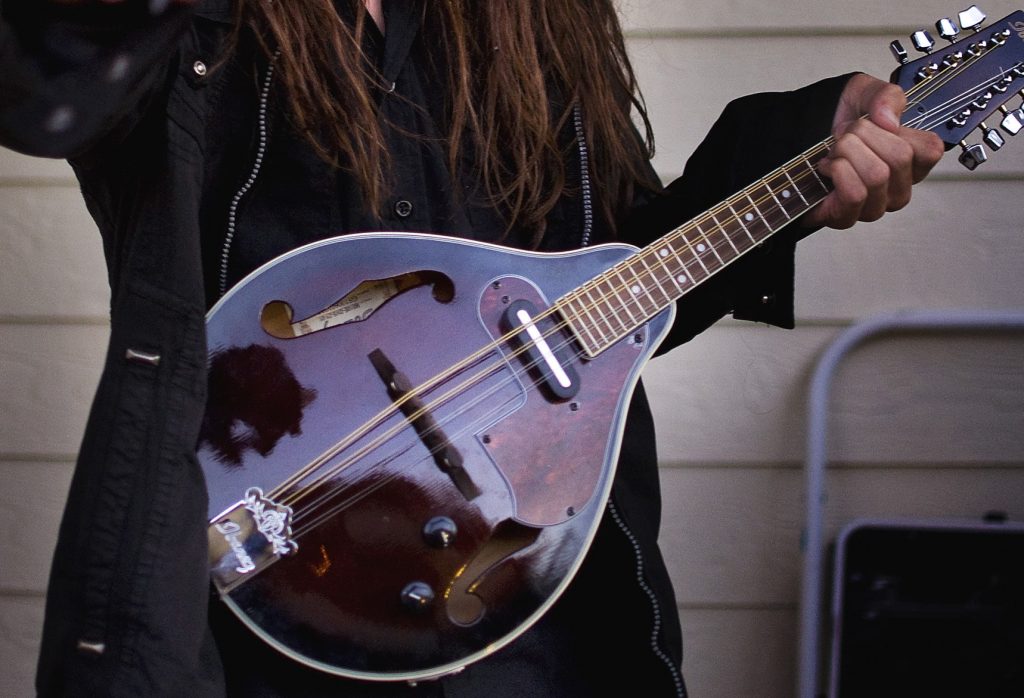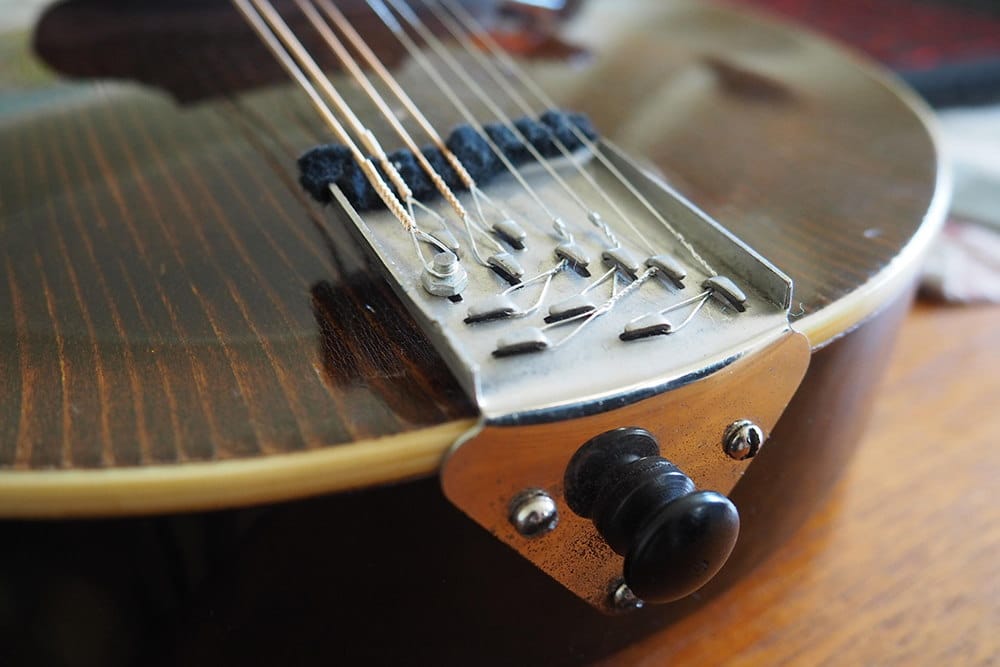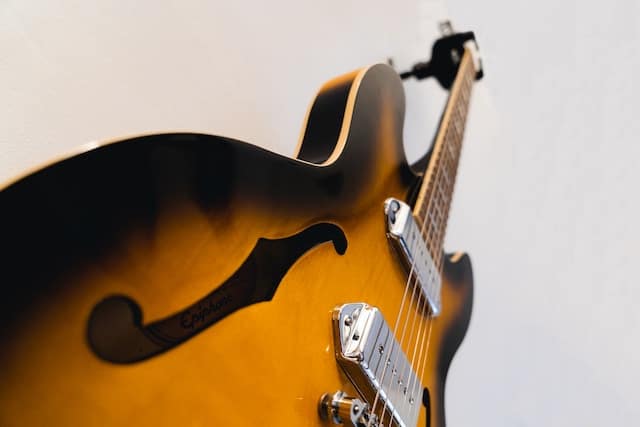What do you get with a mandolin under $1000?
Good news! A budget of $1000 is more than sufficient in affording a top-quality mandolin made from premier materials that will deliver superb sound, and possibly even carry the sought-after elite “handcrafted” label and serial number. In most of the reviews, we conducted we found that a protective case, even though the quality varied slightly, was included with the purchase of a new instrument! In one of our rated best mandolins under $1000, the Eastman MD504, a lifetime warranty was built-in! With add-on’s and warranties up for grabs with your purchase, it’s important to understand the market and features you are looking for to ultimately end up at the best deal possible.
Features to consider before you buy a mandolin under $1000
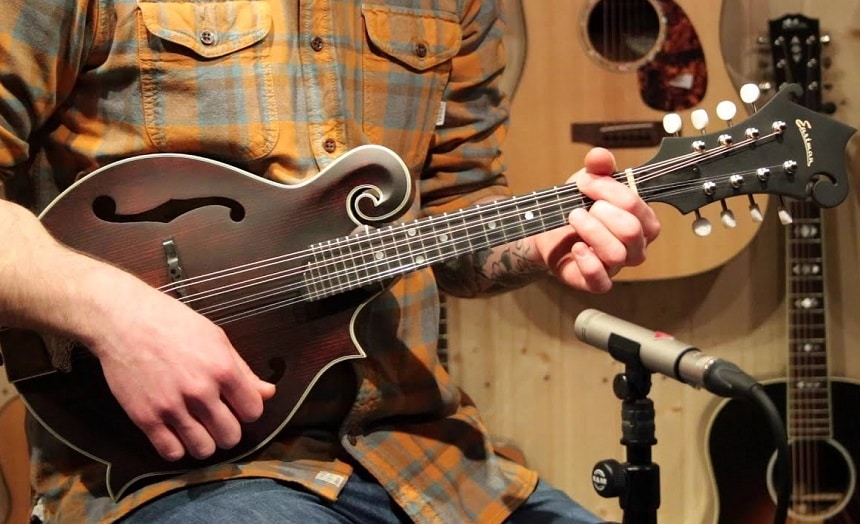
As we mentioned before, not all mandolins are created equal. If you are new to the musical world of all things mandolin, you might not be aware of the variety that exists with some features, and whether or not they ultimately matter. Some features, like the style and body material, are more important than others when crafting a well-rounded quality instrument. Below you will find a more detailed explanation of the features we looked for in our top six recommendations. We comb through the various styles, addressing both modern and traditional 18th century-inspired designs, body materials that produced the best tones for certain music genres, fretboard material for feel and playability, number of strings for tone depth variety, and size diversity for players of all ages. We hope by the end of this guide you will confident in the mandolin that will fit your needs best and a price that works for you!
Style
There is a very wide range of Mandolin styles on the market today, ranging from the well-known F-hole models of arched mandolins to the bowl-back models known for their lustrous deep, rounded tone. Our first suggestion is to decide what type of music you want to play. As a general rule of thumb, F-style models, like the Washburn 8-string we reviewed above, tend to be more common among country and bluegrass artists, while A-style models like the EastmanMD504 review well with classical, folk, and Celtic musicians. While they are similar in tone, playability, and design between the A-style and the F-style are quite different.
Some A-style models have guitar-like profiles, differing from the F-styles due to their lack of elaborate scrolls and points. This makes them easier to build, and are therefore often less costly.
Body material
The overall consensus among mandolin musicians is that spruce is the wood of choice in crafting the best mandolin tops, also called soundboards. While spruce is unrivalled in conveying every aspect of the musician’s technique onto the strings, the high cost of quality spruce doesn’t always make it the best option for the everyday hobbyist or beginner. Most mandolin makers today use cedar or mahogany in place of spruce for their other quality work, as we see in the Eastman MD415-BK, which still reviews exceptionally well with intonation. Many mandolin bodies have arched tops to produce a more rounded sound, but there are models with flat tops that are preferred by some players as well. Musician preference plays a big role here, as both types have beautifully figured wood, rich sound, and quality models available on today’s market.
Lower-cost mandolins often have laminate tops and that laminate may have a thin veneer of attractively grained wood on top. It’s important to distinguish the difference so you don’t find yourself paying for a laminate mandolin at an all-wood price. Laminate tops are pressed into shape rather than being carved which makes them a much less costly option. While solid spruce-topped mandolins are preferred by professional, laminate-top mandolins in today’s market are capable of producing very acceptable sound.
Fretboard material
The fretboards of mandolins are typically made with rosewood or ebony as both very hardwoods with a smooth surface that enables fast-fingered fretting and durability. The material of the fretboard doesn’t affect the tone of the instrument as much as the comfort of the musician playing it. Necks are usually made with maple or mahogany for maximum rigidity, and in some models like the Seagull S8 acoustic mandolin, the neck is built all the way through the body of the instrument, add extra durability. A key feature to keep your eye out for fret markers along the fretboard. These markers also vary in quality, but overall come down to aesthetics and texture compared to the fretboard.
Number of strings
Mandolin strings are very important as they play a big part in the overall sound of your instrument. For starters, a beginner mandolin may only have four strings, while other models go up to as many as twelve strings, having multiples of each string in the standard mandolin tuning of ‘G, D, A, E.’ There is much musician preference to consider when deciding the number of strings for your mandolin, but to abridge the opinions of how many you should have any why, the rule to remember is the more strings you have, the deeper and louder your tone will be. Two ‘A’ strings played together ring out with much more fullness than one, and the same can be said with four ‘D’ strings instead of two. Take into consideration where you will be playing or if you are playing in a group and will need to be heard over other musically powerful instruments when deciding how many strings you might like.
Keep in mind the more strings you have, the more you have to maintain and eventually replace.
Size
The mandolin family technically consists of four different instruments, all varying in size but with individual names. The mandolin is the most well-know, with a scale length of fourteen inches, and a usual body width of 10 and ¼ inches. Of course, we see a deviation in that standard with the Seagull S8 model, which was specifically designed to be slimmer than the traditional mandolin and a good fit for the traveling musician. The actual scale length is what determines the instrument, with the mandolin’s viola-like cousin, the mandola having a larger scale length of seventeen inches. The longer the scale length, the deeper in tone the instrument can go. There is the lesser-known octave mandolin, which is tuned a full octave below the standard mandolin with a twenty-inch scale length. Continuing our comparison to the violin family, the octave mandolin would be a step between the viola and the cello. The last and largest in the mandolin family is the mandocello, which is pretty self-described. Having a baritone-bass tone, the mandocello has a scale length of 24 and ¾ inches and a beautifully rich, deep sound.
Accessories
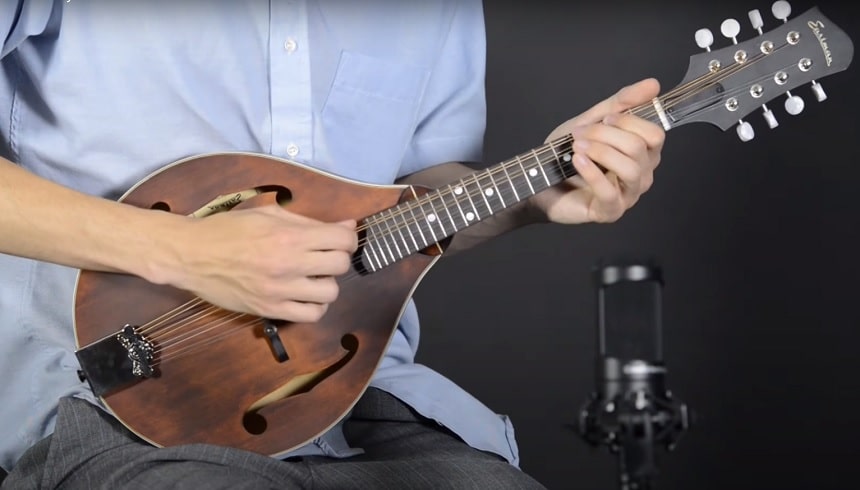
Well thought out accessories can drastically enhance your playing experience, adding to comfort, ease of playability, tuning, and fretboard manipulation. Some of the most common accessories for beginners and professionals alike are:
- Mandolin Strap – Necessary for playing while standing
- Mandolin Capo – A small clip that is placed on the fretboard against the strings to easily play higher up the instrument’s neck without sacrificing tone.
- Mandolin Case – A necessary accessory to protect your musical instrument.
- Tuner – Tuning capabilities of stringed instruments have come a long way with the invention of electronic tuners. Simply play a string and the tuner will evaluate your pitch to complete accuracy. Tuning made easy for any beginner!





